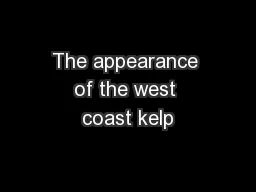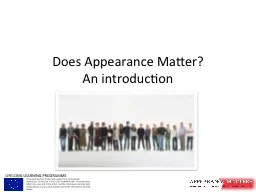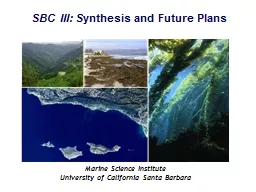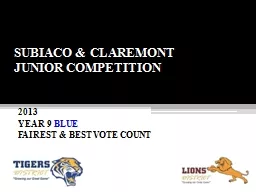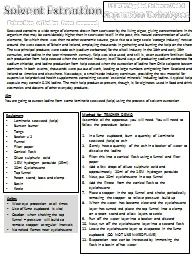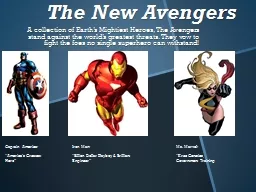PPT-The appearance of the west coast kelp
Author : luanne-stotts | Published Date : 2017-04-30
Ecklonia maxima in the De Hoop MPA lessons for the management of MPAs Mark Rothman and Rob Anderson DAFF Ecklonia radiata ex E biruncinata Small to about 60
Presentation Embed Code
Download Presentation
Download Presentation The PPT/PDF document "The appearance of the west coast kelp" is the property of its rightful owner. Permission is granted to download and print the materials on this website for personal, non-commercial use only, and to display it on your personal computer provided you do not modify the materials and that you retain all copyright notices contained in the materials. By downloading content from our website, you accept the terms of this agreement.
The appearance of the west coast kelp: Transcript
Download Rules Of Document
"The appearance of the west coast kelp"The content belongs to its owner. You may download and print it for personal use, without modification, and keep all copyright notices. By downloading, you agree to these terms.
Related Documents

